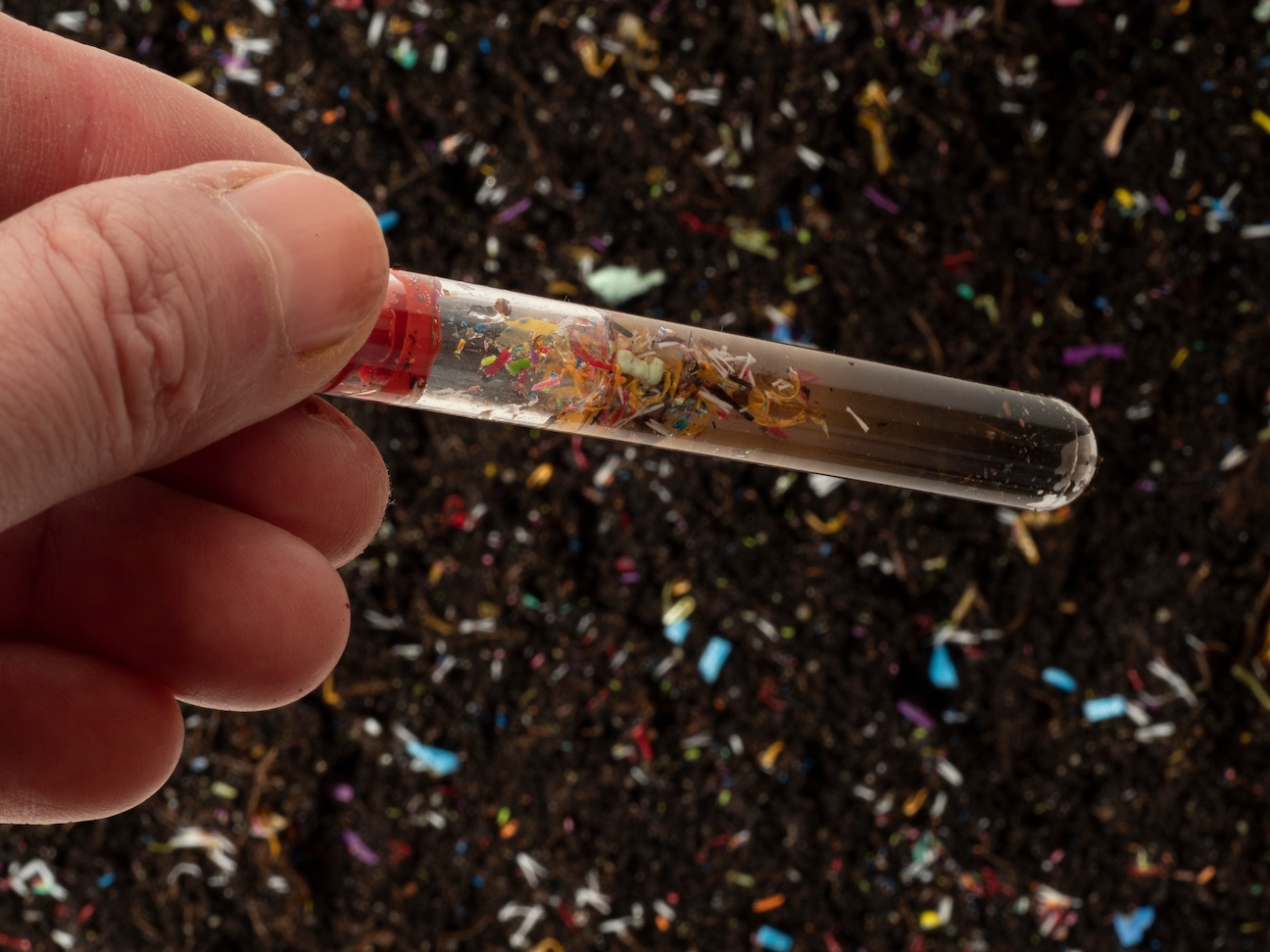Microplastics Testing Services
 Microplastics are small plastic particles of less than 5 mm in length that are found throughout the environment (including in water, air, and soil), in food and feed and even within living organisms. They can come from the breakdown of larger plastic items or be intentionally manufactured for use in products like cosmetics and cleaning supplies. Although the effects of microplastics on human health are still largely unknown, they have also been found in human blood, organs, and even breast milk, raising concerns about potential health impacts.
Microplastics are small plastic particles of less than 5 mm in length that are found throughout the environment (including in water, air, and soil), in food and feed and even within living organisms. They can come from the breakdown of larger plastic items or be intentionally manufactured for use in products like cosmetics and cleaning supplies. Although the effects of microplastics on human health are still largely unknown, they have also been found in human blood, organs, and even breast milk, raising concerns about potential health impacts.
Our Services
Brooks Applied Labs has developed MP testing with a primary focus on:
-
- Environmental monitoring: Analysis of microplastics in surface waters, sediments, and other environmental matrices.
- Food and beverage testing: Detection and quantification of microplastics in food products and drinking water.
The ability to provide expedited data on size, shape, and polymer type in a single analysis allows the industry to efficiently monitor the changes in MP within the process – from source to finished products.

Testing Methodology – Laser Direct Infrared Imaging(LDIR)
- LDIR is an advanced analytical technique that can detect, quantify and characterize microplastics in environmental, food and beverage samples.
- Our high throughput MP testing services provide particle counts, polymer identification and particle size. This information allows our clients to make informed decisions about their process and potential sources of MPs.
- LDIR allows for rapid, automated analysis of microplastic particles, significantly reducing analysis time compared to traditional techniques.
Microplastics in Western Washington Drinking Water: A Preliminary Assessment
Microplastics (MPs) have garnered global attention due to their widespread presence in food, water, air, human blood, and even remote locations such as Mount Everest and Antarctica. Their pervasive nature has raised significant concerns regarding human exposure and the urgent need for comprehensive testing. One of the most widely recognized exposure pathways is through drinking water. A 2019 study by the State University of New York reported that 94% of tap water samples in the United States contained microplastics.
To assess microplastic contamination in drinking water across western Washington, Laser Direct Infrared Imaging (LDIR) was employed to analyze samples from various locations (Figure 3).
Microplastics were detected in all drinking water samples, including a natural spring, underscoring the importance of monitoring diverse water sources throughout the state. Our established testing protocol, supported by years of historical blank data, enables a limit of detection (LOD) as low as 4 particles per sample—allowing for the identification of even trace levels of microplastics.
The variation in microplastic composition across locations reflects the influence of local water systems and infrastructure on contamination profiles.
|
Table 1. Microplastic testing results from various drinking water sources. |
||||||
|
Lopez Island |
Mercer Island |
Seattle |
Monroe |
Mill Creek |
Spring Water |
|
|
ABS |
0 |
0 |
5 |
0 |
0 |
0 |
|
Alkyd Varnish |
2 |
0 |
0 |
0 |
0 |
0 |
|
Polyamide (Synthetic) |
2 |
0 |
0 |
5 |
1 |
1 |
|
Polyethylene Chlorinated |
1 |
0 |
0 |
0 |
2 |
0 |
|
Polyester |
0 |
3 |
0 |
0 |
0 |
0 |
|
PP |
0 |
1 |
0 |
0 |
0 |
6 |
|
PTFE |
0 |
0 |
0 |
0 |
1 |
0 |
|
PU |
0 |
0 |
0 |
0 |
0 |
1 |
|
Rubber |
2 |
1 |
5 |
0 |
40 |
0 |
|
Total MP |
7 |
5 |
10 |
5 |
44 |
8 |
To learn more about our advanced and customizable analytical methods for microplastic detection in drinking water—and how they can support your environmental or public health initiatives—please contact us.

